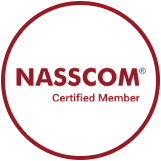Why Unified Low-Code is the Future
Digital transformation is no longer an option; it’s a necessity. Businesses across industries are grappling with data silos, disconnected workflows, and overburdened IT teams. In this landscape, the ability to build agile, scalable, and intelligent systems quickly is a game-changer. That’s where Microsoft Power Platform comes in.
The Microsoft Power Platform is more than a collection of tools; it’s a unified low-code ecosystem that empowers organizations to automate processes, build applications, analyze data, and create intelligent virtual agents, all within a single, integrated framework. In this blog, we’ll explore how Power BI, Power Apps, Power Automate, and Power Pages combine to create real business value and how Ariel Software Solutions leverages this suite to drive measurable outcomes.
What is Microsoft Power Platform? An Overview of the Stack
The Microsoft Power Platform is composed of four primary tools:
- Power BI: A business analytics tool that enables data visualization and interactive reporting.
- Power Apps: A low-code application development platform to rapidly build custom business apps.
- Power Automate: A process automation tool that helps create automated workflows between apps and services.
- Power Pages: A secure, low-code platform for building external-facing websites and portals.
These tools are underpinned by Microsoft Dataverse, a scalable and secure data platform that is the backbone for data storage and connectivity. Seamlessly integrated with Microsoft 365, Dynamics 365, and Azure services, the Microsoft Power Platform allows data and functionality to flow across organizational boundaries.
Each component can be used independently, but shines brightest when integrated. The platform offers connectors to hundreds of services and systems, including SQL, SharePoint, Salesforce, and even legacy databases. It is highly adaptable for the Power Platform for enterprises seeking customized digital solutions.
For a deeper dive into advanced data visualization and reporting capabilities, check out our blog Beyond the Dashboard: 7 Advanced Power BI Features You Didn’t Know Existed. It uncovers powerful Power BI features that go beyond basic dashboards to unlock real insights and automation potential within the Microsoft Power Platform.
How Integration Between Power Tools Supercharges Business Efficiency
The true strength of Microsoft Power Platform lies in its synergy. When these tools are used together, the result is a holistic solution that:
- Eliminates data silos by creating a single source of truth
- Streamlines operations by connecting business processes end-to-end
- Empowers citizen developers to solve problems without waiting on IT backlogs
- Speeds up time-to-market for internal tools and customer-facing apps
- Improves compliance and auditability through centralized governance
Example Integration:
Imagine a sales dashboard in Power BI that pulls real-time data from Dataverse. When a new lead meets specific criteria, Power Automate triggers a notification in Teams and initiates a follow-up task in a Power Apps solution used by the sales team. Simultaneously, relevant lead data is surfaced to external partners through a Power Pages portal.
This level of orchestration reduces manual effort, increases visibility, and fosters accountability. You’re not just automating tasks; you’re connecting people, systems, and insights across the Power Platform for enterprises aiming to scale.
AI-Driven Innovation: Copilot, Dataverse & Microsoft Cloud Synergy
Microsoft has infused AI throughout the Microsoft Power Platform, particularly via Copilot, the AI assistant that accelerates app creation, reporting, and automation.
- Copilot in Power BI enables natural language Q&A and smart narrative generation.
- Copilot in Power Apps helps build forms, logic, and data connections using plain language prompts.
- Copilot in Power Automate suggests and builds flows automatically based on user activity.
Together with Microsoft Dataverse and Azure AI services, these tools bring advanced capabilities like predictive analytics, intelligent process automation, and natural language processing into the low-code space, making Power Platform for enterprises not just accessible but deeply intelligent.
Microsoft also offers built-in AI builder components to identify sentiment, scan documents, and analyze images, turning manual processes into smart, self-optimizing flows within Microsoft Power Platform environments.
Real-World Scenario: How Ariel Unified a Client’s Digital Workflow
Client Overview: A mid-sized manufacturing company struggled with siloed data across departments, manual reporting, and delayed approvals.
Challenges:
- Departments were manually collecting and reporting data, leading to discrepancies.
- Paper-based approval processes delayed production cycles.
- External vendors had no streamlined communication or document submission process.
Ariel’s Solution:
- Power Apps replaced paper-based request forms with mobile-friendly apps.
- Power BI dashboards consolidated data from ERP, CRM, and HR systems for real-time reporting.
- Power Automate streamlined multi-level approvals, reducing processing time by 40%.
- Power Pages enabled external vendors to submit documents securely and check statuses.
Results:
- 50% reduction in manual effort
- 2x faster decision-making
- 70% improvement in data accuracy
- Full visibility and audit trails for compliance and reporting
By integrating Microsoft Power Platform, Ariel helped the client build a cohesive digital ecosystem with minimal coding and maximum impact, one that truly reflects the potential of Power Platform for enterprises of all sizes.
If you’re interested in how Power Apps accelerates custom app development, don’t miss our article “Power Apps: The Ultimate Solution for Fast, Custom Business Applications Without Lengthy Development Cycles!”. It walks through how organizations can leverage Power Apps to eliminate development bottlenecks and deliver results fast.
How to Get Started: A Blueprint for Seamless Implementation
Whether you’re exploring automation or full-scale digital transformation, here’s a step-by-step guide to adopting Microsoft Power Platform:
1. Identify Pain Points: Map out current workflows and inefficiencies across departments.
2. Choose the Right Tools: Select Power Platform for enterprises based on business goals.
3. Build a Prototype: Start with a small use case (e.g., internal request tracker or sales dashboard).
4. Ensure Governance: Use role-based access, audit logs, and environment controls to manage scaling.
5. Integrate with Existing Systems: Use connectors and custom APIs to integrate with legacy tools.
6. Iterate & Scale: Continuously refine and extend the solution across teams and departments.
7. Leverage Expertise: Partner with certified Microsoft experts like Ariel to accelerate development, implementation, and user training.
Conclusion:

Microsoft Power Platform is changing the way businesses approach automation, app development, and data analysis. The seamless integration of Power BI, Power Apps, Power Automate, and Power Pages creates a robust ecosystem that drives efficiency and innovation. It’s no surprise that Power Platform for enterprises is becoming the backbone of modern digital transformation strategies.
If you’re ready to unlock the full potential of these tools and build a connected, intelligent workflow, connect with us today.
Book an appointment with us to explore how we can help implement Microsoft Power Platform tailored to your needs.
Frequently Asked Questions (FAQs)
1. Is Power Platform only for large enterprises?
No. While it scales to meet enterprise needs, Power Platform for enterprises is also used by SMBs for internal apps, automation, and data dashboards.
2. Do I need coding knowledge to use Power Apps or Power Automate?
No. The platform is designed for low-code/no-code use, although having some knowledge of Excel-like functions and logic helps when building with Power Apps.
3. Can Power Platform integrate with non-Microsoft systems?
Yes. There are over 900 connectors available, including Salesforce, SAP, Google Sheets, Twitter, Mailchimp, and more, making Microsoft Power Platform one of the most flexible solutions available.
4. What is the learning curve like?
Microsoft Power Platform has a relatively quick learning curve. With guided support and training from experts like Ariel, teams can become productive in weeks.
5. How secure is Power Platform?
Power Platform for enterprises uses enterprise-grade Microsoft security, including role-based access control, audit logs, and compliance with GDPR, ISO, and HIPAA.









